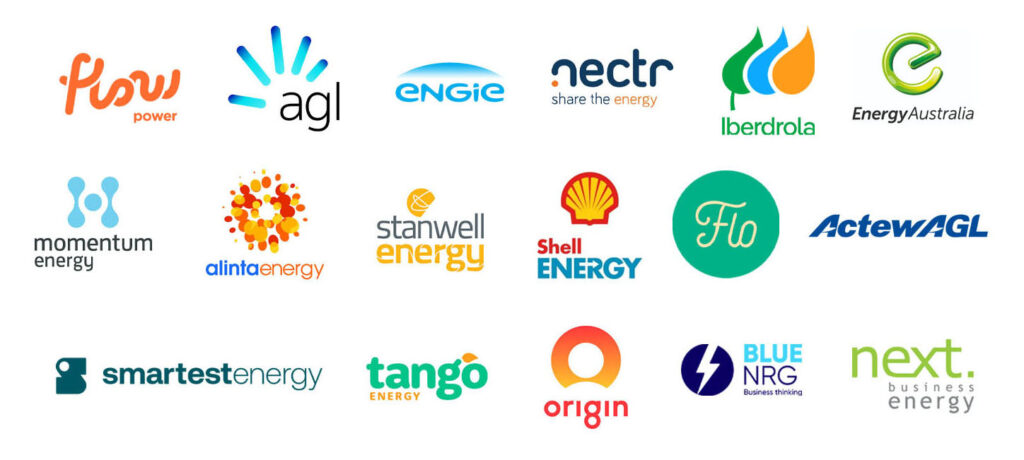The latest projections show that coal will be completely phased out of electricity generation by 2043, but what will Australia’s National Energy Market look like after coal?
In its draft 2022 Integrated System Plan, the Australian Energy Market Operator stated that the outlook for the NEM was one of Step Change. This means that the process of retiring coal and switching to 100 per cent renewables is happening faster than anticipated and will continue to gather steam.
Coal is of very historic importance to Australia, but science and economies of scale are now pushing it out of the picture as countries strive to reach net zero emissions to combat climate change.
Electricity demand in the future
The world, Australia included, is moving towards electrification. Traditional internal combustion engines will be phased out by 2050 and natural gas will also be replaced for heating and cooking.
At present, Australia requires 180 TerraWatt hours of electricity per year to meet the demands of society.
The phasing out of coal generation is accelerating because power plants are simply not viable.
By 2050, this is expected to almost double to around 320 TWh of electricity. Transport, heating, cooking, water heating and industrial processes will all be electrified.
Electric Vehicles will be much cheaper and by 2040, the total market share is expected to be 58 per cent. This is expected to account for 37 TWh of electricity demand.
What will the energy transition look like?
The latest official figures for 2020-21 showed that the total renewable share of annual electricity generation was 28 per cent.
As coal fades into the background, that percentage is expected to climb sharply to 79 per cent of total generation by 2030.
Over the next 10 years, it is expected to increase to 96 per cent in 2040 and 97 per cent by 2050.
In this decade alone, half of total electricity generation will switch to renewable energy.
By the mid-2040s, electricity generation will be almost exclusively renewables, reducing emissions from the sector by 60 per cent when compared to 2005.
Changes are already taking place. In its report, The Future of Energy, Price Waterhouse Coopers, found that 2.5 GW of coal power needs to be replaced within five years.
What will the grid share for solar and wind power look like?
For an efficient transformation of the National Energy Market, a mix of solar and wind energy is needed.
Wind and solar energy complement each other in terms of both daily and seasonal profiles.
When taking rooftop solar into account, wind and solar energy will have a roughly equal share of NEM generation by 2050.
But development will take different paths. In the next decade, more wind capacity is needed to complement Australia’s extraordinary adoption rate for distributed rooftop solar.
By 2030, AEMO forecasts that wind would represent approximately 80 per cent of utility-scale renewable energy.
Large-scale utility solar is expected to take off once there is enough battery storage capacity.
Although it is relatively low cost, solar faces the problem of having peak generation during the day when rooftop solar is active, creating an oversupply of solar at a time of very low demand.
Solar also wanes at around 4 p.m., just as evening peak demand kicks in.
The phenomenon is known as the Duck Curve.
In order to harness that peak daytime generation for release in the evening, Australia needs more large-scale batteries.
However, by 2050, AEMO projects that large-scale utility solar farms will have caught up with wind generation to make up 50 per cent of newly installed renewables capacity.
How will intermittent renewable power be firmed?
A total of 23 GW of coal capacity will be removed from the NEM, 14 GW of that by 2030.
Renewable energy, primarily rooftop and large-scale solar and wind, will replace coal, but it is intermittent, meaning that it cannot be turned on and off at a whim.
The NEM will need firming technology to ensure that there is enough power to keep the lights on during long periods of “cold, still and dark” when the wind is still and the sun is not shining.
AEMO predicts that the grid will need 45 GW of new battery and hydro storage. Pumped hydro is also a form of battery as a body of water acts as stored potential energy, which is then released downhill to turn turbines and generate electricity.
Both these forms of energy can be released instantly, meaning they can help with frequency issues when supply does not meet demand.
The grid will also need 9 GW of gas-fired generation for peak loads and times when solar and wind are not generating enough power.
The NEM will also rely more on demand response schemes and flexible loads where energy users can voluntarily shed demand against payment and act as an aggregated virtual power station.
Electric Vehicle batteries will also come into the equation.
Green hydrogen
AEMO has also created modelling in the event of Australia becoming a hydrogen superpower.
A number of Australian companies are investing in the creation of Green Hydrogen, which is produced entirely from renewable energy sources, and burns cleanly.
In this scenario, the NEM would need approximately 256 GW of wind and approximately 300 GW of solar – 37 times its current capacity of renewable energy. This would expand the total generation capacity of the NEM 10-fold.
Biogas
Biogas is a renewable fuel that is produced when organic waste such as leftover food and animal waste is broken down by bacteria which can be burned to generate electricity.
Biogas makes up 1.4 per cent of Australia’s energy mix.
It does require another step to turn it into biomethane through purification processes to separate the methane from other trace gases before it can be used in a power plant.
Existing gas power plants do not need conversion and biomethane can also be piped in using existing infrastructure.
Once the gas is burned off, the heat produced in the process is used to convert water into steam, which then powers a turbine and creates electricity.
Do you want to learn more about the National Energy Market?
If you want to learn more about the National Energy Market and the latest developments in the electricity sector, you can sign up for our newsletter or visit our blog section.
Keep an eye out for the rest in the series of our “Exit of Coal” blog series.
We source, analyse, compare and rank commercial, industrial and multisite energy quotes. Obligation Free.
Chat with one of our experienced consultants today and get the insights your business needs to help manage the risks associated with volatile electricity and natural gas markets. Our energy procurement service is obligation-free and provides a time-saving way of securing lower energy rates from our panel of energy retailers.















